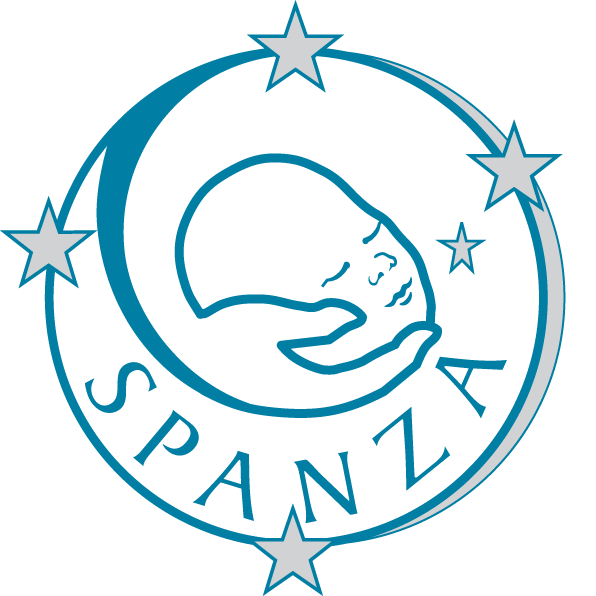Dorsal penile nerve block versus caudal block for circumcision in pediatric patients
A systematic review and meta-analysis
Trends in Anaesthesia and Critical Care
Submitted July 2025 by Dr Erin Chevis
Read by 608 Journal Watch subscribers
Summary
Study type
A systematic review and meta-analysis comparing dorsal penile nerve block (DPNB) versus caudal block (CB), in addition to general anaesthesia, for paediatric patients undergoing circumcision. Primary outcomes considered were time to first analgesic requirement and pain scores at one, three and 24 hours post operatively.
Methods
The authors reported a comprehensive database search strategy and article review process, identifying 14 studies, 10 RCTs and four observational studies, with a total of 1425 patients. The mean age range of patients was 3-12.5 years, with studies taking place across Turkey, China, Israel, the United Kingdom and Australia.
Findings
There was no statistically significant difference in the primary outcomes of time to first analgesia, and pain scores at one, three and 24 hours post procedure between the DPNB and CB groups. Time to first walk and time to hospital discharge favoured the DPNB by a mean difference of 30.28 and 28.61 minutes respectively. In all other considered outcomes (incidence of post operative nausea and vomiting and motor block, time to first micturition and PACU discharge) there was no significant difference between the two groups. There were no reported complications or adverse outcomes in either group.
Take home message/Commentary
While caudal analgesia is commonly used in children, there is concern regarding potential serious adverse outcomes such as hypotension when combined with general anaesthesia, high spinal from inadvertent dural puncture, sacral osteomyelitis and local nerve injury. DPNB has been proposed as an alternative, providing more localised regional anaesthesia, avoiding these potential risks, and using lower total doses of local anaesthetic. Of note, both techniques still carry the risk of systemic local anaesthetic toxicity, and failure of regional technique.
There were no reported serious adverse events with either of these techniques in all included studies, which is consistent with large European and American multicentre studies supporting the safety of regional techniques in paediatric patients under general anaesthesia.
Analgesic efficacy outcomes suggests neither technique is superior.
Statistically significant differences noted in the secondary outcomes for time to first walk and length of hospital stay favoured dorsal penile nerve block. Though statistically significant, the absolute mean difference was 30 minutes for each of these outcomes, in what was on average a four hour hospital stay. DPNB may lead to an earlier discharge from hospital, but the clinical workflow and economic benefit of a 30-minute reduction in length of stay will vary between institutions.
Although overall number of studies and patients included in the meta-analysis was large, only a few included studies reported on each of the predetermined outcomes. As such, the absolute number of patients for any given outcome is much smaller. Furthermore, the authors assessment for bias identified “some concerns” with all included studies, and quality of evidence was determined to be low or very low quality for their primary outcomes.
Overall, this met-analysis does not demonstrate analgesic superiority of one regional technique over the other. DPNB may offer the advantage of faster time to mobilise and shorter duration of hospital stay, however the beneficial significance of reducing hospital stay by 30 minutes will be institution specific.



